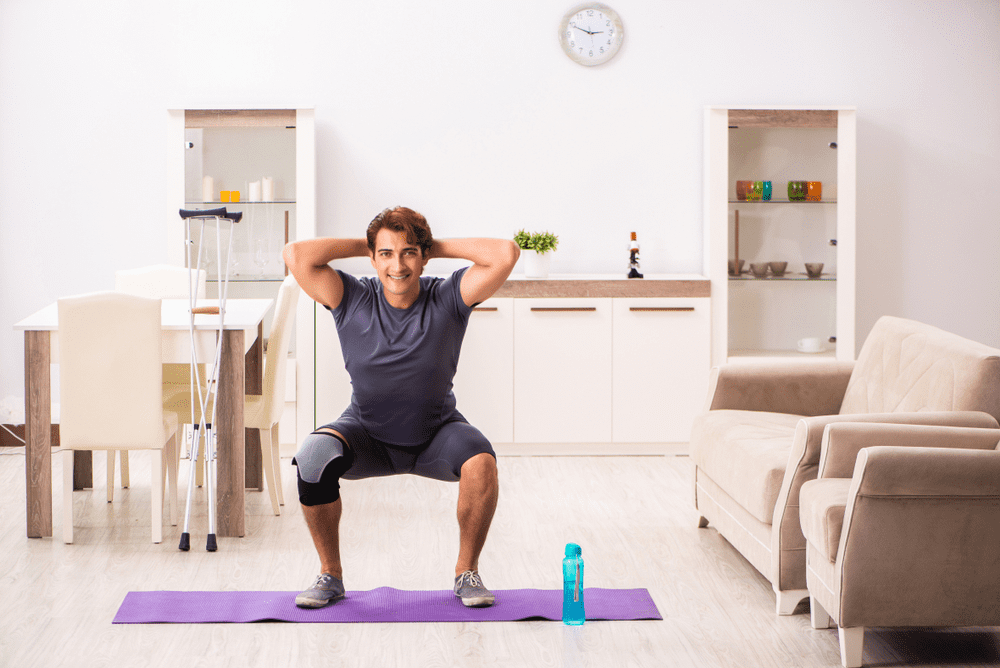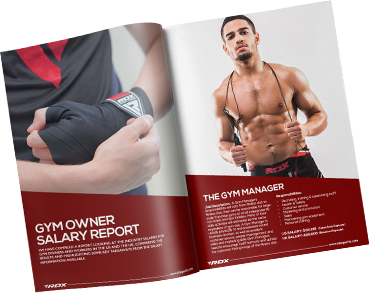In today's fitness landscape, inclusivity stands as a cornerstone principle, emphasizing the importance of accommodating individuals of all abilities. Yet, amidst this push for inclusivity, the unique needs of special populations and disabled athletes often remain overlooked. Traditional fitness equipment and facilities frequently fail to provide adequate accessibility and adaptability, hindering the participation and progress of these individuals.
This blog is dedicated to exploring the critical intersection of fitness equipment and special populations. By delving into the specialized solutions and considerations within this niche, we aim to spotlight the innovations driving inclusivity in fitness.
From adjustable machines to tailored cardio equipment, understanding and addressing the requirements of special populations not only fosters a more inclusive environment but also enriches the fitness experience for everyone involved. Join us as we uncover the transformative potential of fitness equipment designed with inclusivity in mind.
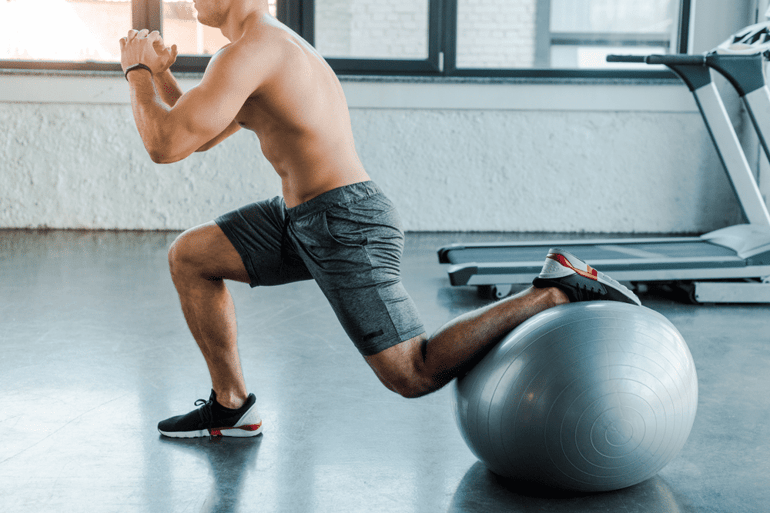
Key Considerations for Equipment Design
Special populations encompass a wide range of individuals with diverse challenges, including mobility limitations (temporary or permanent), sensory impairments, temporary injuries, and chronic conditions. Traditional fitness equipment often fails to address these unique needs, creating barriers to their participation and progress. Such barriers can make them feel alienated and even demotivated.
When it comes to fitness equipment for special populations and disabled athletes, accessibility and adaptability are paramount in design to ensure that individuals of all abilities can engage in safe and effective workouts.
By prioritizing inclusivity in design, fitness equipment can empower special populations to overcome obstacles and achieve their fitness goals, fostering a more equitable and welcoming fitness environment for all.
-
Accessibility Features
In the realm of fitness equipment for special populations and disabled athletes, accessibility features are not just optional additions but essential components. Manufacturers must integrate features such as adjustable heights, wheelchair-accessible designs, and tactile controls to cater to diverse needs effectively.
Additionally, compliance with accessibility standards like the Americans with Disabilities Act (ADA) ensures regulatory adherence and broadens market reach. Investing in research and development to refine these features can set businesses apart in this specialized market, fostering brand loyalty and industry recognition. -
Adaptability and Versatility
Adaptive workout gear is the need of the day and manufacturers should prioritize engineering solutions that offer seamless transition options, allowing users to modify settings and resistance levels effortlessly to match their personal requirements.
Moreover, incorporating modular designs enables swift adjustments to accommodate users with varying abilities or rehabilitation needs.
-
Safety and Comfort
In the specialized realm of fitness equipment for special populations, safety and comfort are non-negotiable aspects. Manufacturers must meticulously design equipment with padded surfaces, ergonomic contours, and robust stability features to mitigate injury risks and enhance user comfort.
Attention to detail in material selection, such as anti-slip coatings and hypoallergenic finishes, underscores a commitment to user well-being. Collaborating with ergonomics experts and rehabilitation specialists can provide invaluable insights into optimizing equipment design for maximum safety and comfort, elevating the brand's reputation and credibility within the industry.
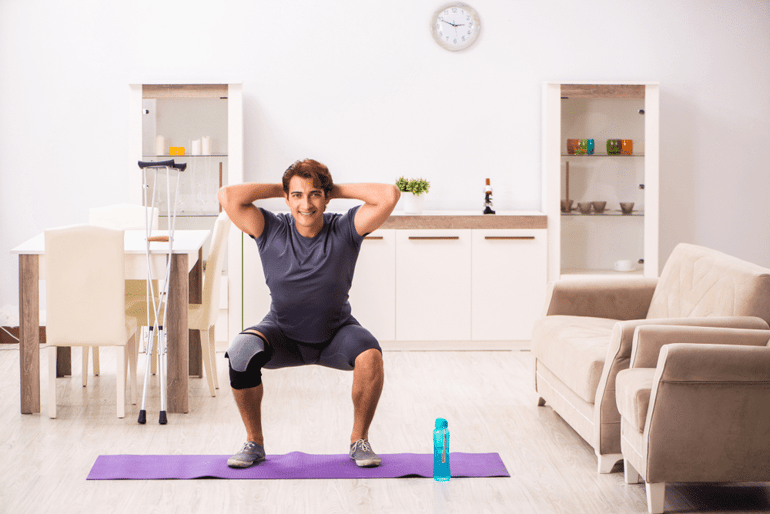
Innovative Specialized Fitness Equipment
Innovative specialized fitness equipment has revolutionized the way athletes with mobility issues approach training and competition. By offering tailored solutions that enhance accessibility and safety, these tools empower athletes to overcome physical limitations and achieve their fitness goals with confidence and independence.
From adaptive strength training machines to assistive devices like FES cycling systems, these innovations have become life-changing assets for athletes, enabling them to participate fully and thrive in the world of sports and fitness.
1- Functional Electrical Stimulation (FES) Cycling Systems:
FES cycling systems utilize electrical stimulation to activate paralyzed or weakened muscles, enabling individuals with spinal cord injuries or neurological conditions to engage in cycling exercises.
These systems synchronize muscle contractions with pedaling motions, providing cardiovascular benefits and improving muscle strength and circulation.
2- Resistance Bands for Strength Training
RDX Resistance bands are versatile tools used for strength training exercises targeting various muscle groups. They offer adjustable resistance levels, making them suitable for users of all fitness levels and abilities. With their compact size and lightweight design, resistance bands are convenient for both gym and home workouts.
They provide a low-impact alternative to traditional weights, making them ideal for individuals with joint issues or mobility limitations. Traditional weights put excessive stress on joints, and individuals with joint issues can worsen their conditions if they use those weights. Resistance bands offer the same resistance but without impacting the joints.
3- Yoga Mats
Yoga mats are essential for providing cushioning and stability during yoga workouts. They offer a non-slip surface, ensuring safety and comfort during poses and movements.
Those who are unable to do extremely taxing aerobic activities or strength training can surely use yoga and Pilates moves to keep their bodies strong, active and healthy. Individuals with back or other joint injuries can eliminate risk of joint extensions and other injuries with these non-slip stability enhancing RDX yoga mats.
Yoga mats protect the joints from excess pressure and impact during exercises. The padded surface soothes and protects the wrists, knees and other points that bear the brunt of exercises.
4- Ab Rollers for Core Training
Ab rollers are compact fitness devices designed to strengthen and tone the abdominal muscles. They feature a wheel with handles on either side, allowing users to perform roll-out exercises targeting the core. Ab rollers challenge the abdominal muscles while also engaging the arms, shoulders, and back for a comprehensive workout.
Fitness enthusiasts who are unable to do weightlifting and other hard core abdominal exercises can use RDX abs roller to build a strong core.
5- Balance Boards for Stability and Mobility
Balance boards are effective tools for improving balance, coordination, and stability. They consist of a platform placed atop a fulcrum, requiring users to maintain equilibrium while standing or performing exercises.
Balance boards target the core muscles, lower body, and stabilizing muscles, making them beneficial for rehabilitation and special athletic training. They help enhance proprioception and reduce the risk of falls, particularly in older adults or individuals recovering from injuries.
6- Supportive Gear
Supportive gear such as ankle, wrist, knee, and back supports provide stability and protection during workouts. They help alleviate discomfort and prevent injuries by providing compression, warmth, and targeted support to vulnerable areas. Supportive gear is particularly beneficial for individuals with joint issues, chronic conditions, or those recovering from injuries, allowing them to engage in physical activities with confidence and comfort.
These specialized fitness equipment options cater to the diverse needs of special populations and disabled athletes, offering safe and effective solutions for strength, stability, mobility, and injury prevention.
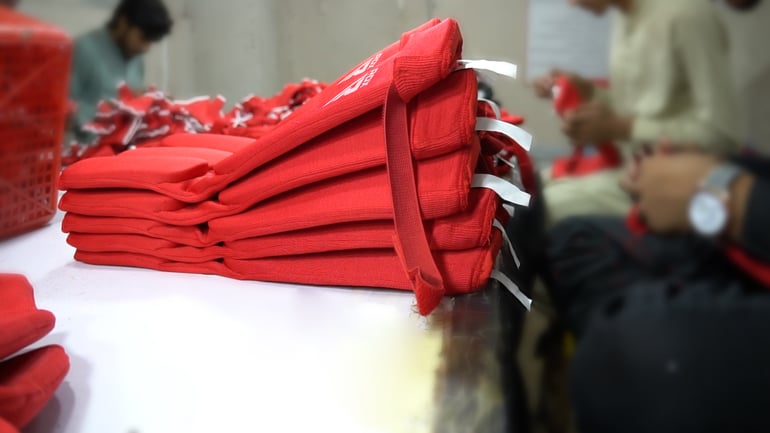
RDX - Fostering Inclusivity in Fitness Community
RDX is committed to fostering inclusivity within the fitness community by providing innovative solutions tailored to the needs of disabled and injured athletes. As a brand dedicated to excellence in sports equipment, RDX recognizes the importance of accessibility, adaptability, and safety in empowering individuals of all abilities to pursue their fitness goals.
One of RDX's key initiatives is the development of specialized equipment for disabled and injured athletes. From adjustable resistance bands to supportive gear like ankle, wrist, knee, and back supports, RDX offers a comprehensive range of products that cater to diverse needs and abilities. These solutions are meticulously engineered to provide optimal support, comfort, and functionality, ensuring that users can engage in physical activities with confidence and ease.
Furthermore, RDX prioritizes inclusivity in its product design by incorporating features such as adjustable settings, ergonomic contours, and intuitive interfaces. By leveraging advancements in materials science and biomechanical engineering, RDX creates equipment that is not only accessible but also versatile and adaptable to individual needs.
Whether it's yoga mats with non-slip surfaces or balance boards for improving stability and mobility, RDX's products are designed to enhance the fitness experience for all users.
Beyond product development, RDX is committed to raising awareness and advocating for inclusivity in the fitness industry. Through partnerships with organizations and initiatives supporting disabled athletes, RDX aims to promote a culture of acceptance and empowerment within the sports community.
By championing inclusivity at every level, RDX demonstrates its unwavering commitment to making fitness accessible to everyone, regardless of ability or circumstance.
Conclusion
In conclusion, RDX stands as a beacon of inclusivity within the fitness industry, prioritizing the needs of disabled and injured athletes through innovative solutions and unwavering dedication. By developing specialized equipment and fostering a culture of acceptance, RDX empowers individuals of all abilities to pursue their fitness goals with confidence and ease. Through continued advocacy and collaboration, RDX remains committed to building a more inclusive and accessible fitness community where everyone can thrive.
